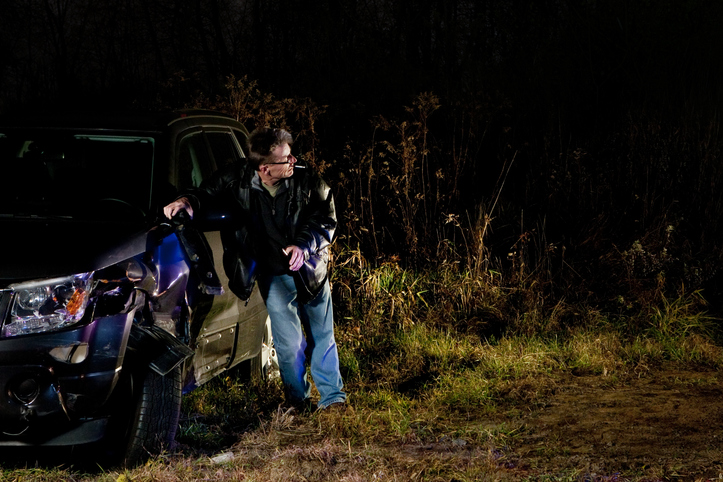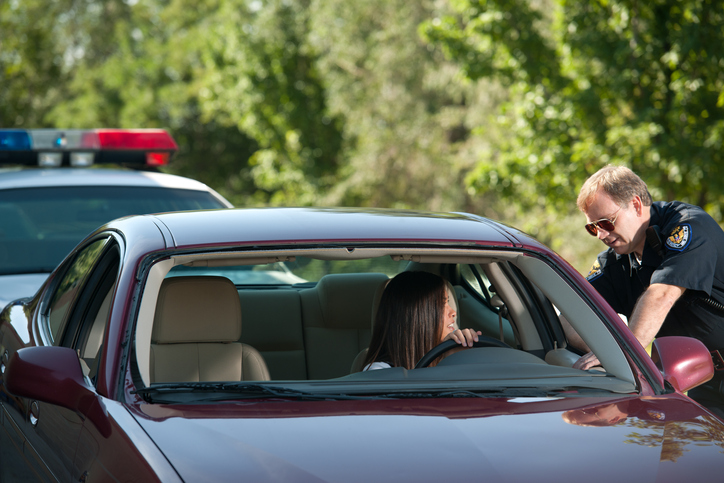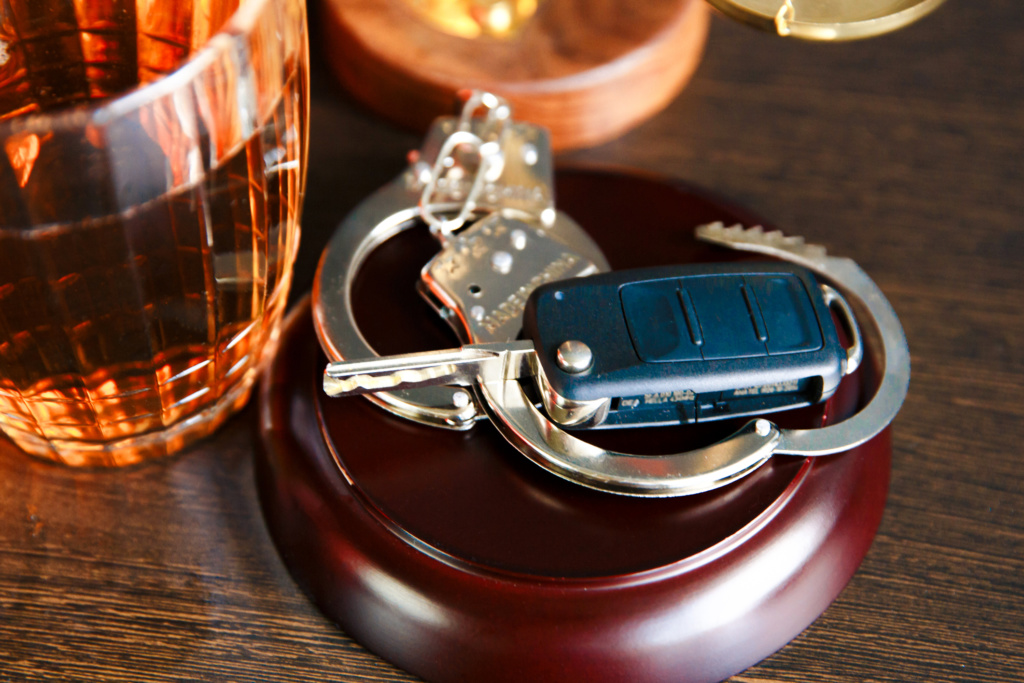In a DUI case often times there are several key pieces of evidence the Prosecution rely upon. The field sobriety tests (FSTs) are one of these and therefore must be challenged by the DUI defense attorney. Unfortunately the reality is often times these tests are found to be admissible for a trial. Thus the need to develop creative and unique challenges must be done in order to effectively present a defense in a DUI jury trial.
In my opinion there are 4 ways to effectively challenge these tests in a DUI jury trial. I have previously created a quick you tube video on how to do this, however here is a more detailed explanation.
Did the DUI Officer administer the FSTs correctly
Challenge the administration of the tests: This is easier said than done. However as any good DUI Attorney knows if the tests are not administered according to the NHTSA manual than the validity of the tests can be compromised. This can include improper administration of the tests, or incorrect instructions. So what should the DUI Defense Attorney look for. Probably the best tool to use is any in car or dash cam video of the FSTs. Listen to each test. Listen to the instructions provided for each test. If they do not follow the NHTSA manual to the tee not only can a pretrial motion to suppress the tests be made, but an argument can be made to the jury these tests were not properly instructed and therefore affected the defendants performance on the test. If a video does not exist then interview the arresting officer. Carefully walk the officer through each test. Ask how they instructed and administered the test. If its possible record this interview for later as possible impeachment material.
Did the defendant have a physical limitation
Challenge the defendant’s ability to perform the test: This challenge usually arises when there is some physical limitation that impeded the ability to perform the test. This can happen if the defendant has a physical injury that could affect the test, or if they are of a certain age or weight, or something as simple as their foot ware. For example I once had a trial where my client had polio when they were younger. As a result he walked with 2 crutches. Believe it or not a Judge ruled these tests were admissible despite this and the case ended up going to trial. During the trial the officers testified they saw the crutches in my clients vehicle, and he informed them of his physical limitations earlier. They also said they considered this in making their arrest decision. Not surprisingly they said my client exhibited every clue and in their opinion he was impaired. Long story short the Jury found my client not guilty and were appalled at the police officers and prosecution for not recognizing the problems with making a guy with polio perform these tests.
Did the defendant actually perform well
Challenge the scoring of the tests: Lets assume the officer followed all the proper instructions and procedures for the tests and the defendant didn’t have any physical limitations or injuries. For example I recently had a DUI trial in Seattle where the officer testified on the walk and turn that my client exhibited 6 of 8 clues on the Walk and Turn test. However a closer look at the test revealed the client actually did well. The client lost balance and started too soon at the same time after maintaining the instruction stance for well over 1 minute. The client also stepped offline, stopped walking, raised their arms, and missed heel to toe on the first step they took. According to the officer this counted as 4 clues. However on cross examination it was revealed that of the remaining 17 steps my client did not exhibit a single clue. All the clues that were exhibited occurred on one single step at the beginning of the test. I felt this was very effective and showed if the jury looked at the totality of the test the performance was 99% perfect. After speaking with the jury they agreed with me on this point.
Did the environment contribute to the performance
Challenge the environment these tests take place in: In every DUI case I have ever represented these tests are usually administered on the side of the road on a shoulder or sidewalk area. Think about it they are typically done in the middle of the night, the subject is usually freaking out and extremely nervous. The officers explain these tests in one single sentence extremely fast. The area is not well lit nor is it level. Cars are whizzing by. The movements are not normal. Regardless of what the police, NHTSA, and the prosecution believe these tests are designed for people to fail. If you can effectively get that across to the jury best case scenario they will disregard the tests or at the very least place little weight on the performance.
Every DUI case is different. But in my opinion these are the most effective ways to challenge the tests in a Seattle DUI case.



